If you've been paying attention to the news you may have heard about some of the fraud and hacks that have occurred in crypto markets this year. However, fraud and hacks aren't limited to crypto. Every year, or rather every day, many people are confronted with their bank accounts being compromised. In fact, according to Experian, fraud complaints (not related to crypto) increased by 19% in 2022, and financial losses from fraud rose 77% from last year to more than $6.1 billion.
There’s almost nothing worse than seeing withdrawals you didn’t make show up on your bank statement. As your heart begins racing and hands start sweating, you try to do the math in your head to determine if there’s some big purchase you forgot you made. But when reality sinks in, you’re left with the horrible question of what to do next and how to get your money back. To avoid giving criminals access to your bank account in the first place, here are some top tips to help keep your bank account protected.
Protecting Your Account When Spending
As you go about your day, there are a few ways you can help keep your money protected.
Tip #1: Choose Your ATM’s Wisely
When it comes to keeping your money secure, not all ATM’s are created equal. If you’re given the choice, only use ATMs that are located inside of a bank or credit union. These ATMs are likely the most secure in terms of identity theft and personal safety. Any ATM located inside of a bank or credit union is under 24-hour security surveillance, meaning it’ll be a lot tougher for criminals to tamper with the machine. In addition, you won’t have people glancing at your pin number as they walk by.
Tip #2: Enable Text Alerts
With many institutions, you have the option to set up text alerts every time a charge is made on your credit or debit card. While the extra notifications on your phone may seem like a nuisance, this can often be the fastest way to detect a fraudulent charge. One way to lower the frequency of the nuisance is to set up the alerts to notify you when the charge is over a certain amount.
Tip #3: Pay With Credit Cards When Possible
No, we’re not suggesting you rack up credit card debt. But some consumers prefer to use a credit card over their debit card for everyday purchases for the simple reason that it isn’t their money they’re putting at risk. While, of course, technically you may be responsible for the charges they accrue, you’re not exposing your actual earnings to potential threats. That said, most credit card issuers will reverse charges on your credit card when it's related to fraud. If a thief gains access to your bank account through your debit card, they can drain the money saved in there. If they gain access to your credit card account, there’s no personal money to be taken. Instead, they’re racking up charges that you can contest with your credit card company. You may also have the added benefit of collecting rewards through your credit card use, and you can schedule automatic payments of your statement balance each month to prevent interest charges.
Tip #4: Look For Skimming Devices
Next time you hit the gas station (and every time after that), be on the lookout for skimming devices. According to the Federal Trade Commission, these are illegal card readers that can be attached to a payment terminal. They’re most commonly found on gas station card readers, and they are used to grab data off of a credit or debit card’s magnetic strip. Here are a few things to consider the next time you fuel up:
- If your gas station puts a security seal over the card reader panel, make sure it hasn’t been broken or voided.
- Look for any type of attachment to the end of the card reader. If it looks bigger than usual or wiggles when you move it, it could be a skimmer.
- To be sure you’re staying away from skimmers, pay inside at the cash register instead of at the pump.
Protecting Your Account Online
Hackers and fraudsters are as prevalent online as they are in person. Here are a few ways to keep your accounts protected as you access them online.
Tip #1: Check Your Account Regularly
When it comes to fraudulent charges to your account, thieves act quickly — often draining accounts in just a few minutes, hours or days. If you aren’t checking your account regularly, you may miss that something suspicious happened. It's recommend checking in on your account every day. While it may sound extreme, the timeline for how much you could lose in the case of fraudulent debit charges is quick:
- If you report the theft before any charges are made, you won’t incur any account loss.
- If you report within two business days of learning about the theft, your maximum loss will be $50.
- If you report after two business days but within 60 days of your last bank statement being sent to you, you could see a loss of up to $500.
- If you report the theft more than 60 days after your last bank statement was sent to you, you’re subject to lose all of the money removed from the account.
Reporting three or more business days after the unauthorized withdrawal occurs means you could stand to lose up to $500. If you’re only checking your account every week or every other week, you may not catch the withdrawal until there are hundreds of dollars at stake.
Tip #2: Diversfy Your Accounts
In investing it is recommended to diversify you investment portfolio by having your money in a variety of different assets across multiple companies, sectors, and asset classes. Doing so reduces your risk of losing all of the money you invested. Escient Financial recommends the same thing from investors with cryptocurrency and digital assets investments held on centralized exchanges. The reason being that if there's a failure of an exchange, before you're able to get your assets out, you wouldn't lose all of you investments. The same concept could be applied to your checking and savings accounts. If you spread you cash across checking and savings accounts and multiple institutions, a hacker or scammer may only gain access to your cash in accounts at one compromised bank or financial institution.
Tip #3: Be Cautious About Sharing Your Information
It’s not unusual to share your account information over the phone, especially if you’re attempting to pay for a service or bill. But if someone contacts you either over the phone, through a messaging platform, or via email, take a little extra caution before sharing your information. If you’re being called by someone claiming to be from the bank and they ask for some account details, ask for their extension and tell them you’ll call right back. Be sure to call back using the number listed on the bank or other organization’s website, or on the back of your debit or credit card, to confirm the original call was legitimate. If possible, never share your account information in writing via email, messaging platform, text, or social media.
Tip #4: Only Log-In On Secure Devices
When accessing your account online, stay away from using public computers or devices. If you must, always make sure the HTTPS appears before the website name in the address bar, as this can help keep your log-in information protected. It is also recommended that you avoid logging in to your account on a wifi network that is not password protected, as this can make it much easier for hackers to gain access to your information.
Tip #5: Use 2-Factor Authentication (2FA)
These days, with phishing scams, SIM swaps, and more, it's more clear than ever that having only a password protecting your logins is not enough. Especially when it comes to financial accounts, it's highly recommended to set up 2-factor authentication, or 2FA. 2-factor authentication is simply where the website you're logging into has you enter another form of authentication after you enter your password. In many cases this is done via a code that's sent to your cell phone as an SMS text message. Another, and generally more recommended, method is the use of an authenticator app such as Google Authenticator, Authy, and Apple's built-in verification code system. All of these code systems are interchangeable, so a site that says it uses Google Authenticator could also be set up with Authy or Apple's built-in verification code. These authenticators require you to have logged in to the app on your device to verify you are the one logging in. With cell phone SMS text messages, your cell phone or phone number could have been compromised either by your phone being stolen or through a SIM swap (where someone activates another phone with your phone number to intercept your text messages and phone calls). It's more difficult to accomplish that with an authenticator app. Either way, set up, 2FA and use the most secure option available. It's a simple and great way to add extra security to your online accounts.
Whether you’re shopping online or pumping gas at the station, there are steps you can take to help keep your identity and money protected. Diligence can be the difference between facing a drained account and staying on top of unauthorized withdrawals. And if you do notice a transaction you didn’t make, act quickly to preserve as much of your account as possible.
Escient Financial is always here to provide the best financial planning and advice for you and your situation. Feel free to...
This content is developed from sources believed to be providing accurate information. The information in this material is not intended as investment, tax, or legal advice. It may not be used for the purpose of avoiding any federal tax penalties. Please consult legal or tax professionals for specific information regarding your individual situation. The opinions expressed and material provided are for general information, and should not be considered a solicitation for the purchase or sale of any security. Digital assets and cryptocurrencies are highly volatile and could present an increased risk to an investors portfolio. The future of digital assets and cryptocurrencies is uncertain and highly speculative and should be considered only by investors willing and able to take on the risk and potentially endure substantial loss. Nothing in this content is to be considered advice to purchase or invest in digital assets or cryptocurrencies.
Enjoying Escient Financial’s Insights?
The weekly newsletter is usually delivered to your email inbox Friday or Saturday, and includes:
- the latest Escient Financial Insights articles
- a brief of the week's important news regarding the markets
- recommended third-party reads
- selected Picture of the Week
Escient Financial does NOT sell subscriber information. Your name, email address, and phone number will be kept private.
















